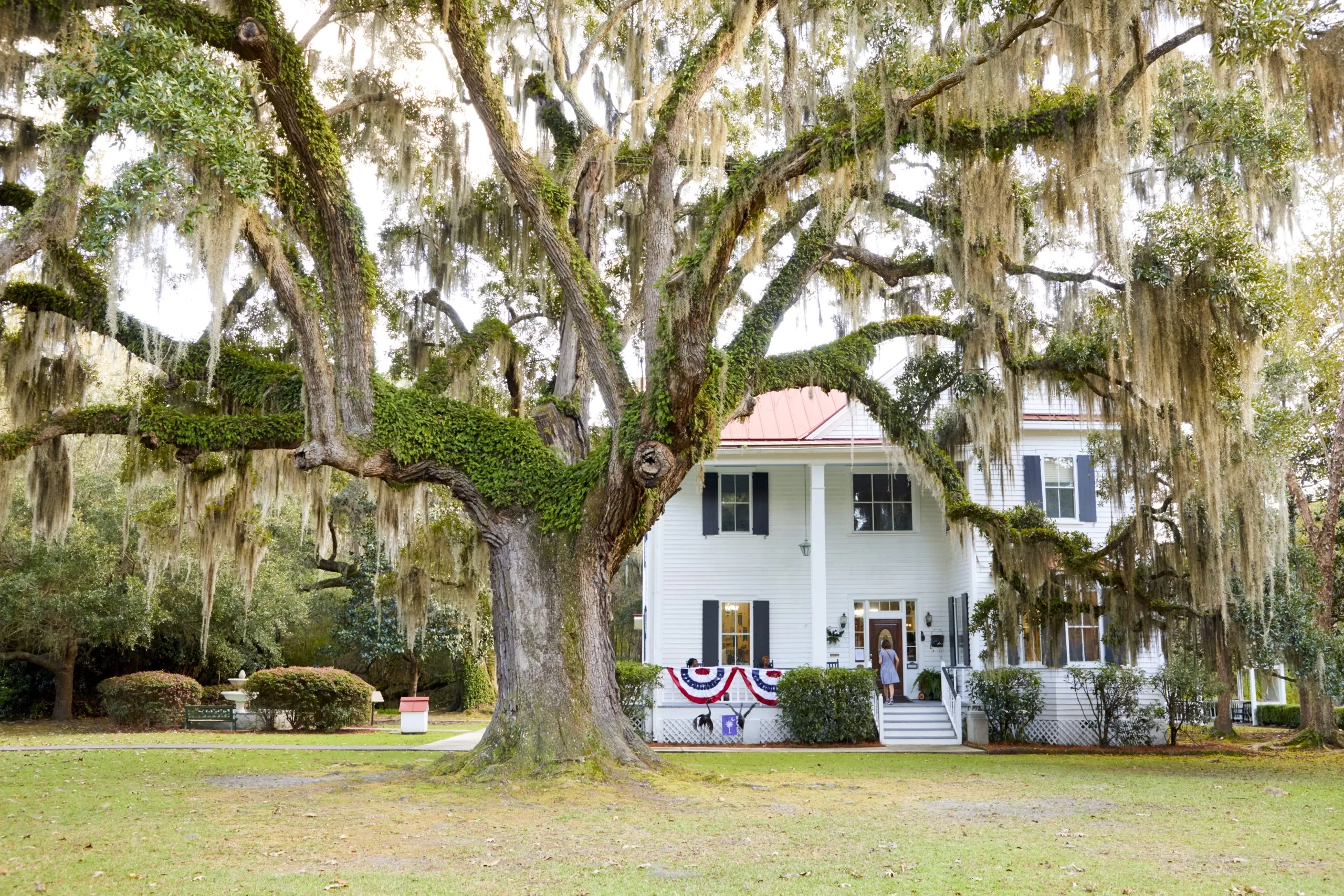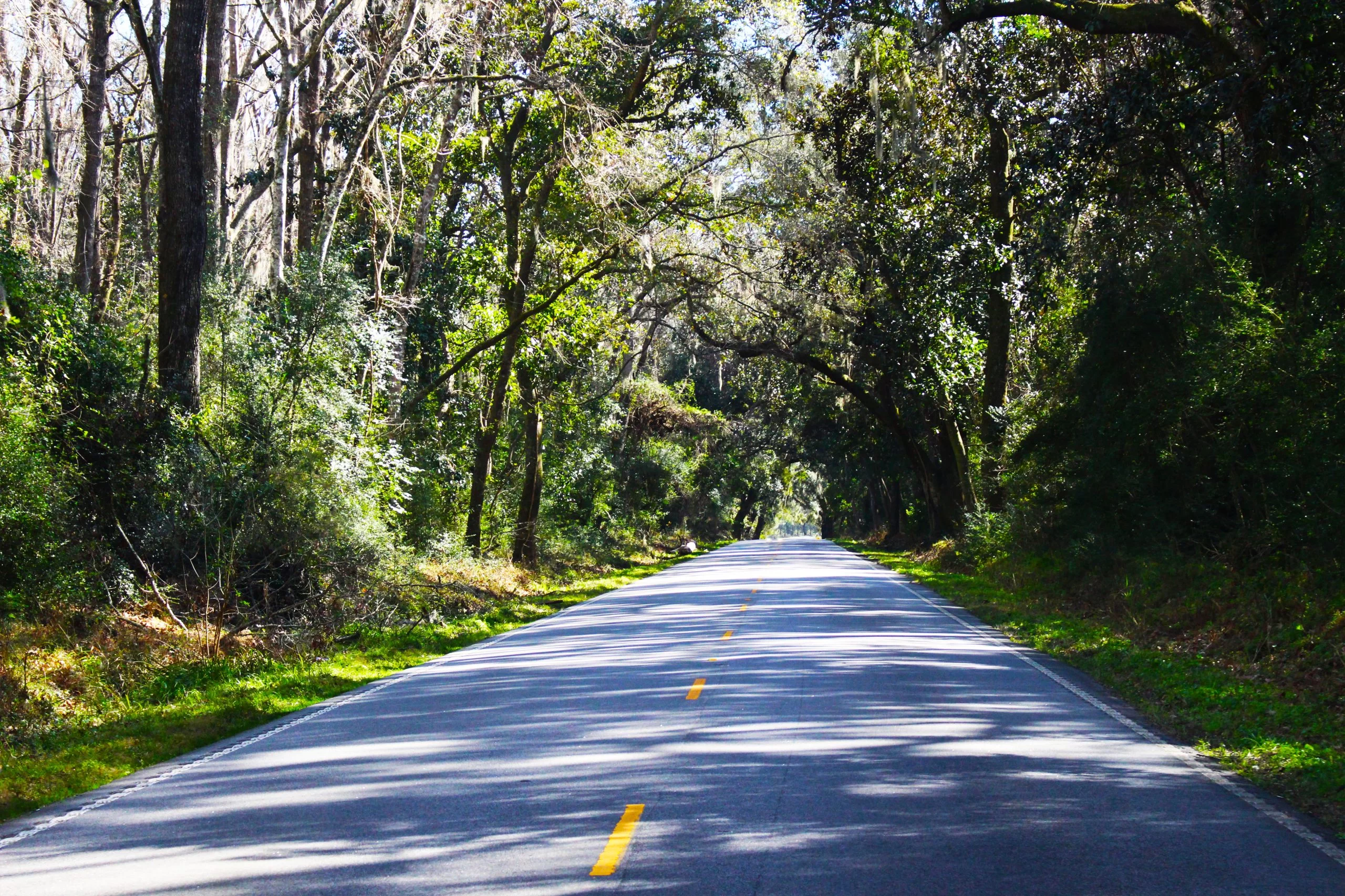A new beginning

The Port Royal Experiment started just seven months after the first shots of the Civil War were heard. Beaufort and its sea islands were occupied by the Union Army by November 7, 1861, thus freeing its slaves. Beaufort quickly became the epicenter for Reconstruction after Confederate soldiers and plantation owners fled the area, leaving 200 sea island plantations and 10,000 slaves abandoned. Having no resources or direction, former slaves looked to the Union Army for support. Union officials oversaw the harvesting of approximately 90,000 pounds of cotton by the newly freed men and women. Workers were paid $1 for every 400 pounds harvested. This was the first time newly freed slaves earned wages for their hard work. Frederick Law Olmstead was the executive secretary of the US Sanitary Commission. He felt it was necessary for the Union to, “Train or educate them in a few simple, essential, and fundamental social duties of free men in civilized life.” Olmstead was a famous landscape architect who would go on to design Central Park, Niagara Reservation at Niagara Falls, Biltmore Estate, and many other prestigious grounds. The Port Royal Experiment was an essential plan that offered newly freed slaves an education and a chance to work and live independently of white control. The freedmen’s Bureau was established to help former slaves succeed in their new way of life.

At the suggestion of General Sherman, the US Congress confiscated a strip of coastal land from Charleston to Florida. President Abraham Lincoln issued new land distribution policies that saw 40,000 acres of this land divided between freed families. They were allowed to purchase up to 40 acres of land for $1.25 per acre. Excess army mules were redistributed to the new property owners. It is thought that this was the origin of the slogan “40 acres and a mule.” White northerners were also allowed to buy land, creating tenant farming.

By January of 1862 Union General Thomas W. Sherman requested teachers to instruct the freed men, women, and children. Later that year, the Port Royal Experiment began. This radical program created schools and hospitals for the freedmen. It also allowed them to purchase and run abandoned plantations. 53 missionaries from the New England Freedmen’s Aid Society volunteered during this humanitarian crisis. Skilled teachers, ministers and doctors travelled south to teach life skills and religious studies. Two pivotal initiatives that paved the way for Reconstruction were begun in the Lowcountry – Mitchelville and Penn School.

Laura Towne was dispatched from Pennsylvania with funds to create the Penn School, one of the largest schools created during the experiment. She and fellow educator Ellen Murray established an educational mission on St. Helena Island called Penn School. This was the first school for former slaves of the sea islands. The first classes were held at Oak Plantation, then when enrollment increased, they moved to Brick Church. A school was built adjacent to the church and a complex developed around it which served as a center for the St. Helena Island Gullah community. Along with teaching literacy, the school provided training for midwives, a health care clinic, and the state’s first day care center for black children.

The Penn Center took on a new role during the Civil Rights Movement of the 1960s. In those days there were only a handful of safe havens for black leaders to gather. Civil Rights activists, including Martin Luther King, Jr. spent a significant amount of time on the Penn Center campus. Dr. King and other influential civil rights activists were able to meet and strategize on the beautiful campus. The spot also served as a retreat for the Southern Christian Leadership Conference. The Penn Center campus was designated a National Historic Monument in 1974. The center is still a vital part of the community. History and culture are preserved in the center’s museum, outreach programs and educational experiences.

The wartime Department of the South was headquartered on Hilton Head Island. Union General Ormsby Mitchel granted Hilton Head freedmen permission to develop the town of Mitchelville in 1862. This was the creation of the first all-black, self-governing community in the country. Government and missionary efforts provided blacks of Mitchelville with education, religion and promoted self-reliance. While learning new skills, the citizens of Mitchelville were able to thrive and continue their Gullah customs and culture. By 1865 Mitchelville had 1,500 inhabitants. They built the First African Baptist Church. Homes were built on quarter-acre lots, where the new inhabitants could grow produce in their own gardens. General Mitchel died from yellow fever, just six weeks after arriving in Mitchelville.

Mitchelville became a fully functioning town, complete with a mayor, councilmen, a treasurer, and other officers who oversaw every aspect of the town. The town boasted three churches, two schools, a store, cotton gin and grist mill. Mitchelville also passed the first compulsory education law in the state, requiring all children between 6 and 15 to be educated in school. The town stretched over 200 acres along the shore of the Atlantic. The major source of employment was the US Army Headquarters. After the war, jobs disappeared with the withdrawal of the US Army. This sent freedmen away from Mitchelville in pursuit of employment. The property that Mitchelville occupied was returned to the previous owners during the Johnson administration. They chose to sell the land to anyone that was interested in purchasing, including former Mitchelville citizens. Most of the land was bought by Freedman March Gardner. The land was later divided amongst heirs and the town no longer appeared on maps by the early 20th century. Most of the land was eventually sold to the Hilton Head Company and placed on the National Register of Historic Places in 1988. The site is preserved as the Historic Mitchelville Freedom Park. The park serves as a Reconstruction Era heritage site. The park features exhibits, signature events and guided tours.

The death of Abraham Lincoln on April 15,1865 ended the momentum for the Port Royal Experiment. President Andrew Johnson worked to restore all lands to their previous owners. Many freedmen that bought land witnessed it returned to its former owners. Sharecropping quickly began to creep onto the scene. Not all black landowners lost their land. Many were able to retain ownership of their purchased properties because they were not reclaimed by the previous owners. By 1868, the Freedmen’s Bureau was completely dismantled. Momentum for the Port Royal Experiment began to diminish with the new administration. The Reconstruction Era ended in 1877. Although it was a brief period in American history, it marked a significant chapter in the history of civil rights in the United States.







































































































































